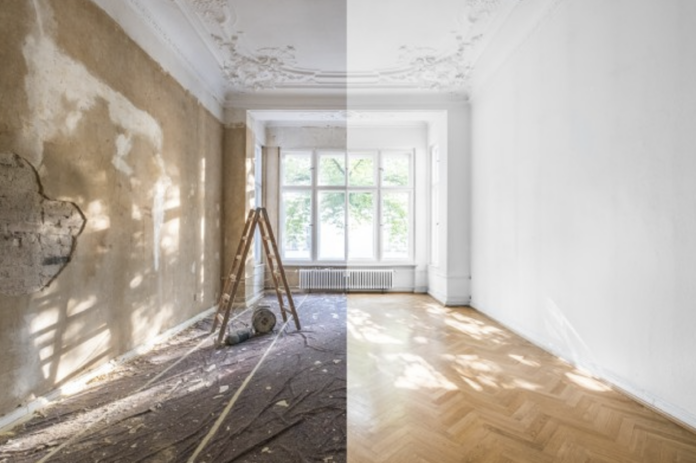Starting a renovation project is an exciting endeavor, especially for beginners, but it can also be hazardous. Transforming a space into your dream home is rewarding, so it’s crucial to recognize and avoid potential hazards that could arise during the process. From hazardous materials in old buildings to structural issues, the risks are aplenty. Knowing how to recognize these dangers will keep you safe and ensure your renovation project goes smoothly. Here’s a quick breakdown on how to identify and avoid renovation hazards.
Hazardous Materials
Old buildings often contain hazardous materials that were nevertheless employed in construction. For example, asbestos, lead, and mercury are hazardous materials commonly found in old buildingsbuilt before the 1980s. These substances pose serious health risks and require professional assistance to get rid of them. It’s essential to have your building inspected for these materials before starting any renovations.
Structural Issues
Old buildings usually have structural problems of some kind. Cracks in the walls, unstable foundations, and deteriorating support beams pose safety risks for the residents and people working on the home. Always have a professional structural engineer assess your property and identify potential issues before you begin renovations.
Electrical Hazards
Faulty or outdated wiring is a common hazard in renovation projects. Interestingly, if old electrical systems are left alone and undisturbed, they likely won’t spark and start fires. Regardless, removing and rewiring everything is the safest thing to do.
Have a licensed electrician inspect the wiring and make necessary upgrades to ensure the electrical system is safe and up to date.
Mold and Mildew
Mold thrives in damp environments and may lurk in walls, above ceilings, and under floors. It can cause respiratory problemsand other health issues if inhaled, especially in individuals with allergies or asthma. Inspect your home for mold growth, and address moisture problems promptly. This is especially important to do before demolishing walls and tearing up floors. As a side note, the presence of mold and mildew means moisture is preset, suggesting leaky plumbing or poor ventilation. An inspection should reveal the source of the issue.
Steps To Avoid Renovation Hazards
Step 1: Conduct a Thorough Inspection
An inspection helps you track down hazards. If you’re unsure what to look for yourself, hire professionals to perform the inspection.
Step 2: Plan Accordingly
Once you’ve identified potential hazards, create a detailed plan to address them. This might involve hiring specialists to remove hazardous materials or making structural repairs. Establishing a clear plan prevents surprises during the renovation process.
Step 3: Use Safety Gear
After clearing hazardous materials, wear appropriate safety gear when working on renovations. This includes gloves, goggles, and masks to protect against dust and fumes.
Step 4: Hire Professionals When Needed
As much as you’d like to DIY everything and save money, you should leave some tasks to professionals, especially when dealing with hazardous materials or complex structural issues. Experts will do the job safely and correctly, minimizing the risks to you and your home.
Now you know how to identify and avoid renovation hazards! Understanding and watching out for these hazards is critical for a successful home project. With these pointers, you’ll have a safer and more efficient renovation process and, subsequently, a more beautiful home!



